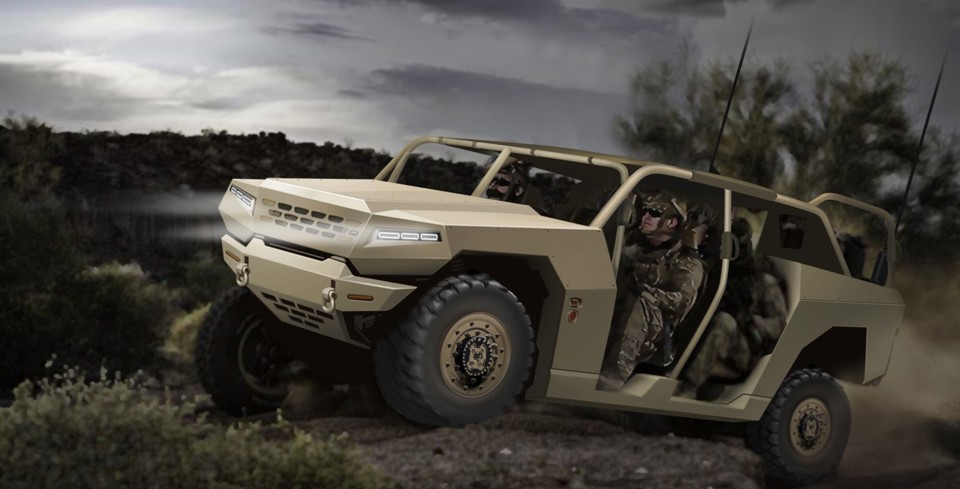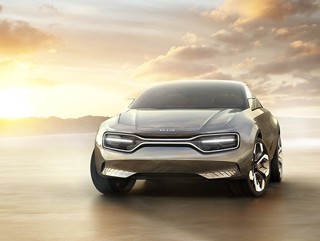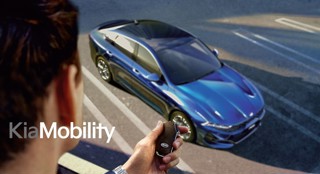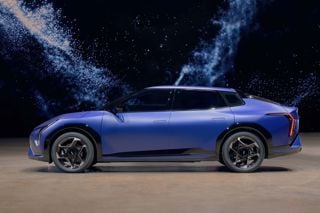Kia is developing a new standard platform for next-generation military vehicles, to strengthen its capabilities in future military projects.
The new platform will underpin a variety of 2.5- and 5.0-tonne military vehicles, which are expected to be deployed from 2024.
Kia has produced a range of vehicles for the Korean and overseas military, including 0.25-, 1.25-, 2.5- and 5-tonne vehicles. To-date, it has supplied nine model types and 100 derivatives, and produced a total of 140,000 military vehicles.
The new mid-sized standard vehicle development project is the result of joint investment by the Korean military and Kia Motors. The standard vehicles will be equipped with a high-torque 7.0-litre diesel engine and automatic transmission, ABS and Anti-Spin Regulator (ASR), Rear Parking Assist, Around View Monitor, satellite navigation and hot wire seats.
Kia says its modular approach to developing new vehicles on the platform will enable the development of other derivatives in future, such as vehicles equipped with a range of weapons systems, and those designed with more specialised specifications and technologies.
The company has developed a conceptual brief for its new military All-Terrain Vehicles (ATV) and plans to introduce a prototype early next year.
The developed ATVs will not only be deployed for military purposes, but will also be used in various fields, such as industrial and leisure sectors, drawing on bare chassis from the robust Kia Mohave SUV. Kia will continue to grow its reputation as an SUV brand by applying technology and know-how from military vehicle development to improve the durability of its road-going SUVs.
To contribute to the development of the military's future combat systems, Kia is also actively carrying out advanced R&D, combining the latest automotive technology with military vehicles. The company is developing autonomous driving technology for military vehicles which could assist with delivering supplies.
Hydrogen fuel cell technology is also being explored for diverse range of military applications, including fuel cell vehicles and emergency power generators.





















Login to comment
Comments
No comments have been made yet.